|
Western Tanzania's three parks are the hardest, and in Katavi's and Mahale's cases, the most expensive, to get to. Yet for the intrepid and dedicated few that make it there, they are well worth the effort and the expense. The main draw of Mahale National Park and Gombe Streams National Park are the chimpanzee sightings, whilst Katavi National Park, the country's third largest National Park, is a remote, untouched wildlife haven visited by less than 1,000 people a year. Often there are fewer than two dozen people in the national park, that covers 4,471 square kilometres. katavi national parkLocated along the rift escarpment in Western Tanzania, the 4,471 square kilometre Katavi National Park is the third largest in the country. However, its remoteness and inaccessibility leaves it comparably untouched, with just a few hundred visitors per year. A land of great diversity, this untamed and wild area is in the heart of one of the largest and richest wildlife areas in Tanzania. Home to the largest herds of buffalo on the planet, Katavi National Park is a wilderness paradise, situated in the western area of Tanzania. The park boasts a wonderful array of habitats, which range from flood plains of thick reeds and dense waterways that teem with hippo and crocodile to woodlands, open grasslands, forests and pristine seasonal lakes. Katavi is a classic dry season reserve. From June to October buffalo herds of up to 3,000 graze on the plains. Game drives offer superb photographic opportunities, whilst walks beside sluggish rivers are exciting. Large crocodiles lie in mudholes, marabou storks pick over hippo carcasses and spotted hyena lope off into the distance. Elephants drink from tiny water holes in mud-cracked pans, roan and sable antelope hide in dense thickets, while vultures clean and dry their wings in small streams. As the sun falls low in the sky, a visit to the hippo pool, where 600 hippo live in dense formation and engage in fierce territorial battles, provides a perfect place for a sundowner. In contrast to many other Tanzanian parks, night drives are permitted, and after, as the smoke curls up from the fire and the sound of cicadas becomes deafening. If you sit quietly you might see a pennant-winged nightjar flit across the purple sky or hear an eery owl. With only three small upmarket camps, and only two expensive flights on 12-seater planes each week, this is no place for the masses, but for the dedicated safari enthusiast. mahale national parkMahale is both one of the most remote and most beautiful national parks in Tanzania. Mahale National Park encompasses a large mountainous forest rising from the white sandy shores of Lake Tanganyika, where you will find the only two lodges in the park. It is most famous for its chimp tracking and is arguably the best place in the world to see man's closest relative. The park was originally established to protect the large population of over 1000 chimpanzees and other primates. Over the decades since its establishment, researchers have managed to habituate a group of over 50 chimpanzees, allowing visitors to get very close to the chimps for unforgettable encounters. The hike to reach the Mahale chimpanzees can vary from a short stroll of 20 minutes to a more strenuous hike lasting up to three hours. The easiest time to see the chimps is during the dry season (August to October) as the paths are less slippery and the chimps tend to stay closer to the shores of Lake Tanganyika. During this time they occasionally venture very close to camp. Getting to Mahale National Park is expensive, due to the distance from Tanzania's main airports and the fact that only very few people travel on this route. The flights take 4-5 hours from Arusha or Dar es Salaam and only go twice a week. On the positive side, this is the reason why Mahale has remained so untouched, which makes it a real off the beaten track adventure experience. GOMBE STREAM NATIONAL PARKGombe Stream National Park is a thin strip of ancient montane forest also bordering, Lake Tanganyika, the second deepest lake in the world. This park was made world-famous for the primate studies conducted by pioneering British researcher Jane Goodall. With just one lodge in the national park, prepare yourself for a truly remarkable experience of chimpanzees and nature in one of the most untouched parks of Tanzania
0 Comments
Leave a Reply. |
AuthorPhotographer, conservationist, dive and field guide, teller of bad jokes. Archives
July 2024
Categories
All
|
-
Safari & Beach
-
Diving & Snorkelling
-
Africa and the Indian Ocean
>
-
Caribbean & Americas
>
-
Indonesia
>
- Bali >
- Komodo National Park >
- West Papua and Raja Ampat >
- Lembeh >
- Bangka Island >
- Siladen Island >
- Manado >
-
Indonesia Liveaboards
>
- Raja Ampat Aggressor
- Emperor Raja Laut
- Ondina Liveaboard
- Sea Safari 8
- Sea Safari VI
- Sea Safari VII
- Cheng Ho
- Amira Liveaboard
- Indo Aggressor
- Tambora Liveaboard
- Seahorse Liveaboard
- Adelaar Liveaboard
- Damai I Liveaboard
- Damai II Liveaboard
- Tarata Liveaboard
- Ambai Liveaboard
- Gaia Love
- Putri Papua
- Indo Siren Liveaboard
- TemuKira Liveaboard
- Solitude Adventurer
- Pearl of Papua
- Seven Seas
- Pindito Liveaboard
- Mermaid I Liveaboard
- Mermaid II Liveaboard
- Dewi Nusantara
- Coralia liveaboard
- Blue Manta
- True North
-
Oceania and The South Pacific
>
-
South East Asia
>
-
Africa and the Indian Ocean
>
-
Specials & Faves
- Safari & Beach Specials
- Solo Safari Specials
- Family Safari Specials
- Dive Specials
- 03 July - Stormers vs British & Irish Rugby, Cape Town
- 07 July - SA Invitational vs British & Irish Rugby, Port Elizabeth
- 10 July - Sharks vs British & Irish Rugby, Durban
- 14 July - South Africa 'A' vs British & Irish Rugby, Nelspruit
- 17 July - Bulls vs British & Irish Rugby, Pretoria
- 24 July - South Africa vs British & Irish Rugby, Soweto
- 31 July - South Africa vs British & Irish Rugby, Cape Town
- 07 August - Springboks vs British & Irish Rugby, Johannesburg
- Contact Us
- Why Book With Us?
- Testimonials
- Giving back
- Indigoblog
-
Safari & Beach
-
Diving & Snorkelling
-
Africa and the Indian Ocean
>
-
Caribbean & Americas
>
-
Indonesia
>
- Bali >
- Komodo National Park >
- West Papua and Raja Ampat >
- Lembeh >
- Bangka Island >
- Siladen Island >
- Manado >
-
Indonesia Liveaboards
>
- Raja Ampat Aggressor
- Emperor Raja Laut
- Ondina Liveaboard
- Sea Safari 8
- Sea Safari VI
- Sea Safari VII
- Cheng Ho
- Amira Liveaboard
- Indo Aggressor
- Tambora Liveaboard
- Seahorse Liveaboard
- Adelaar Liveaboard
- Damai I Liveaboard
- Damai II Liveaboard
- Tarata Liveaboard
- Ambai Liveaboard
- Gaia Love
- Putri Papua
- Indo Siren Liveaboard
- TemuKira Liveaboard
- Solitude Adventurer
- Pearl of Papua
- Seven Seas
- Pindito Liveaboard
- Mermaid I Liveaboard
- Mermaid II Liveaboard
- Dewi Nusantara
- Coralia liveaboard
- Blue Manta
- True North
-
Oceania and The South Pacific
>
-
South East Asia
>
-
Africa and the Indian Ocean
>
-
Specials & Faves
- Safari & Beach Specials
- Solo Safari Specials
- Family Safari Specials
- Dive Specials
- 03 July - Stormers vs British & Irish Rugby, Cape Town
- 07 July - SA Invitational vs British & Irish Rugby, Port Elizabeth
- 10 July - Sharks vs British & Irish Rugby, Durban
- 14 July - South Africa 'A' vs British & Irish Rugby, Nelspruit
- 17 July - Bulls vs British & Irish Rugby, Pretoria
- 24 July - South Africa vs British & Irish Rugby, Soweto
- 31 July - South Africa vs British & Irish Rugby, Cape Town
- 07 August - Springboks vs British & Irish Rugby, Johannesburg
- Contact Us
- Why Book With Us?
- Testimonials
- Giving back
- Indigoblog

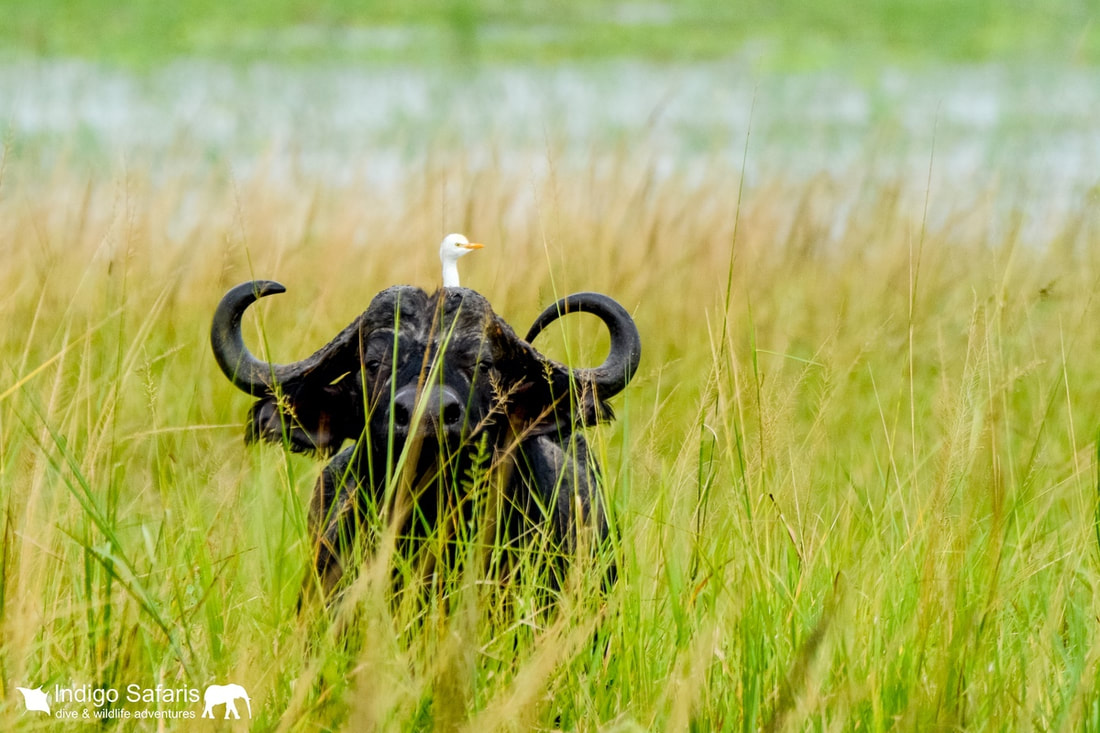

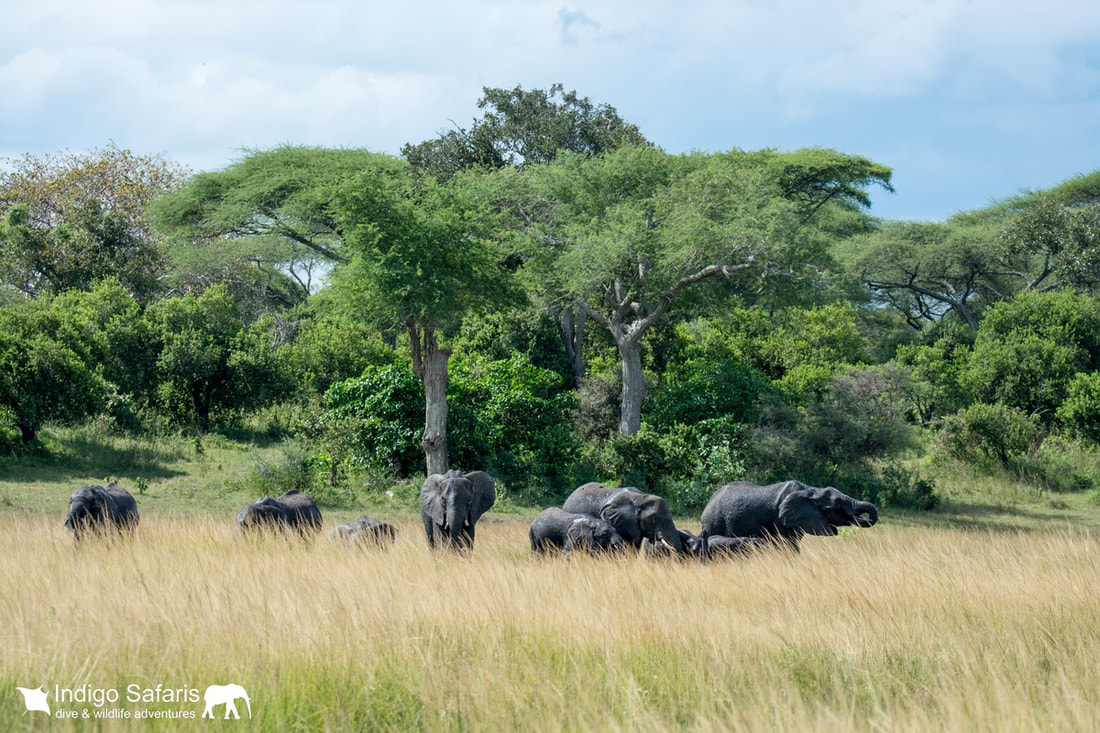
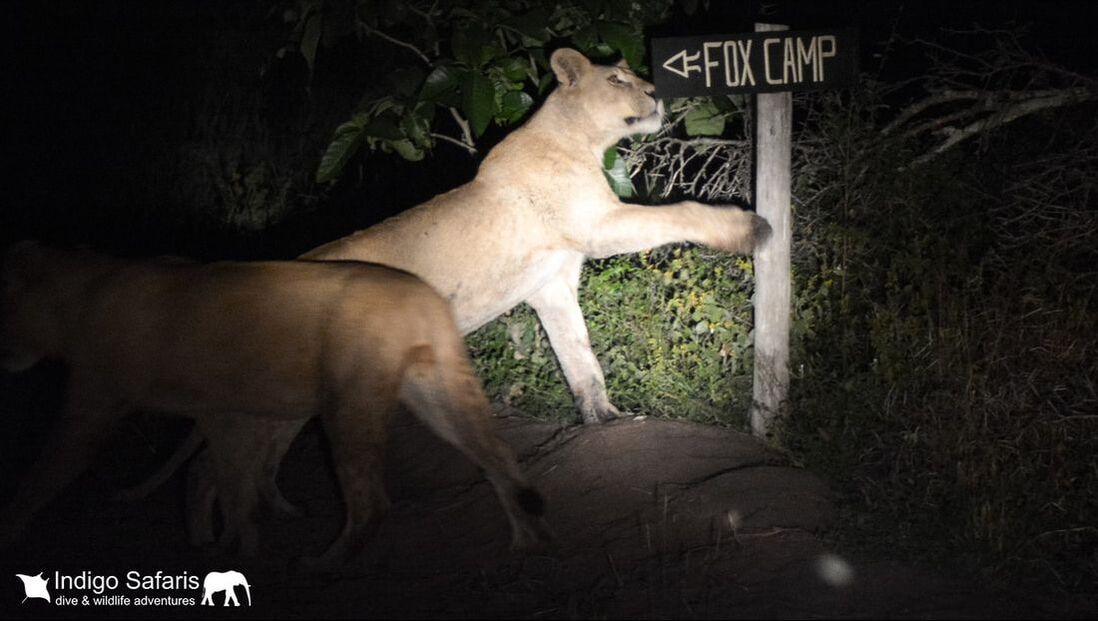
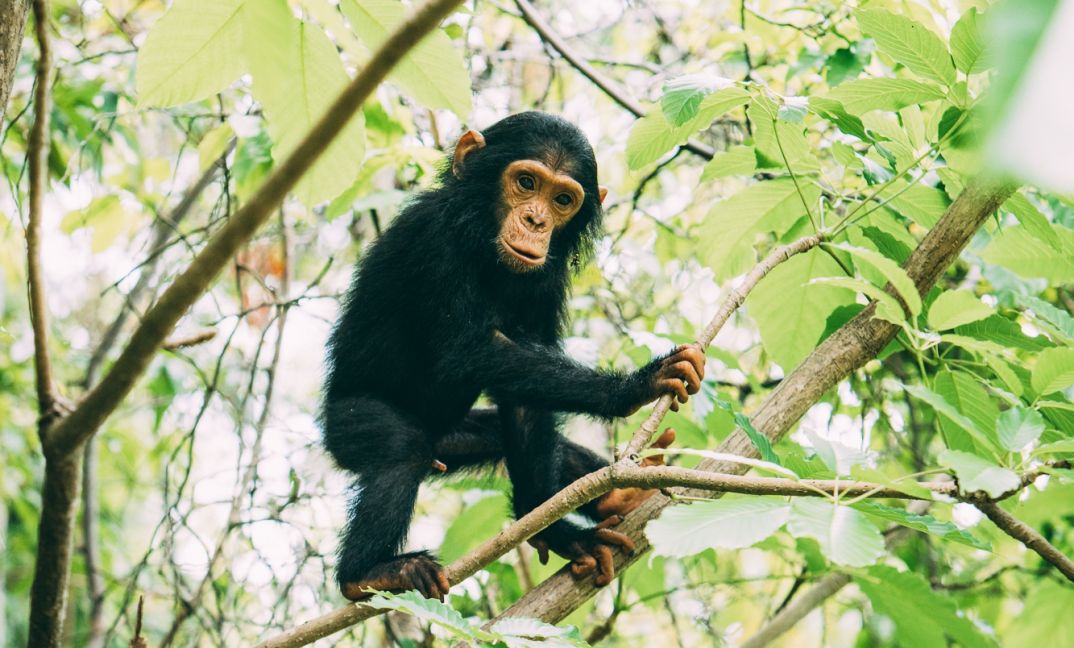
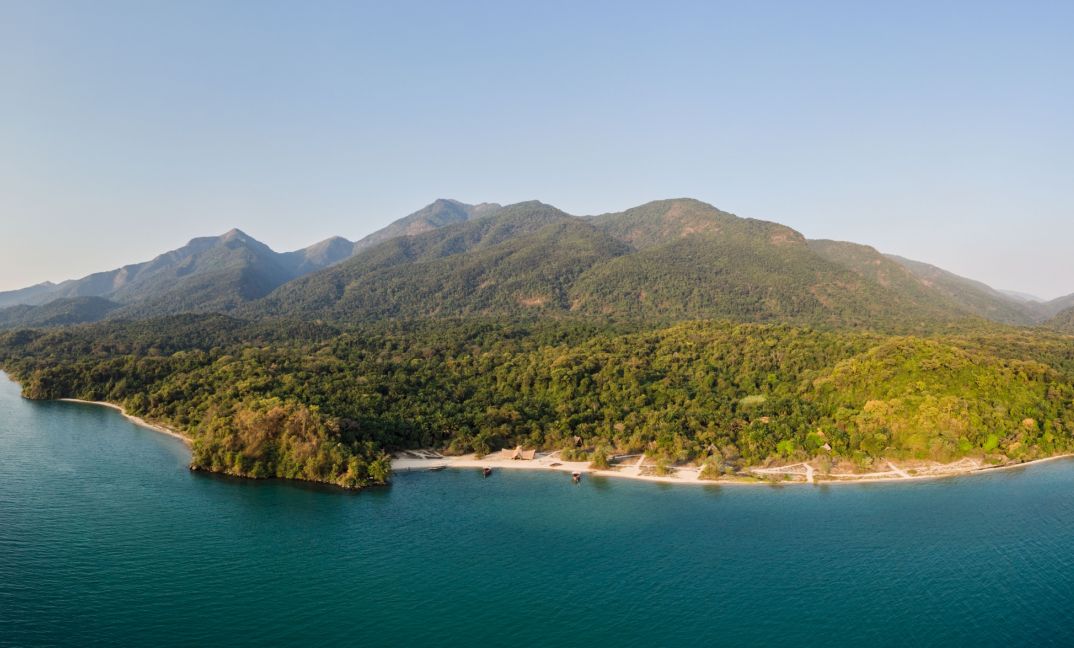
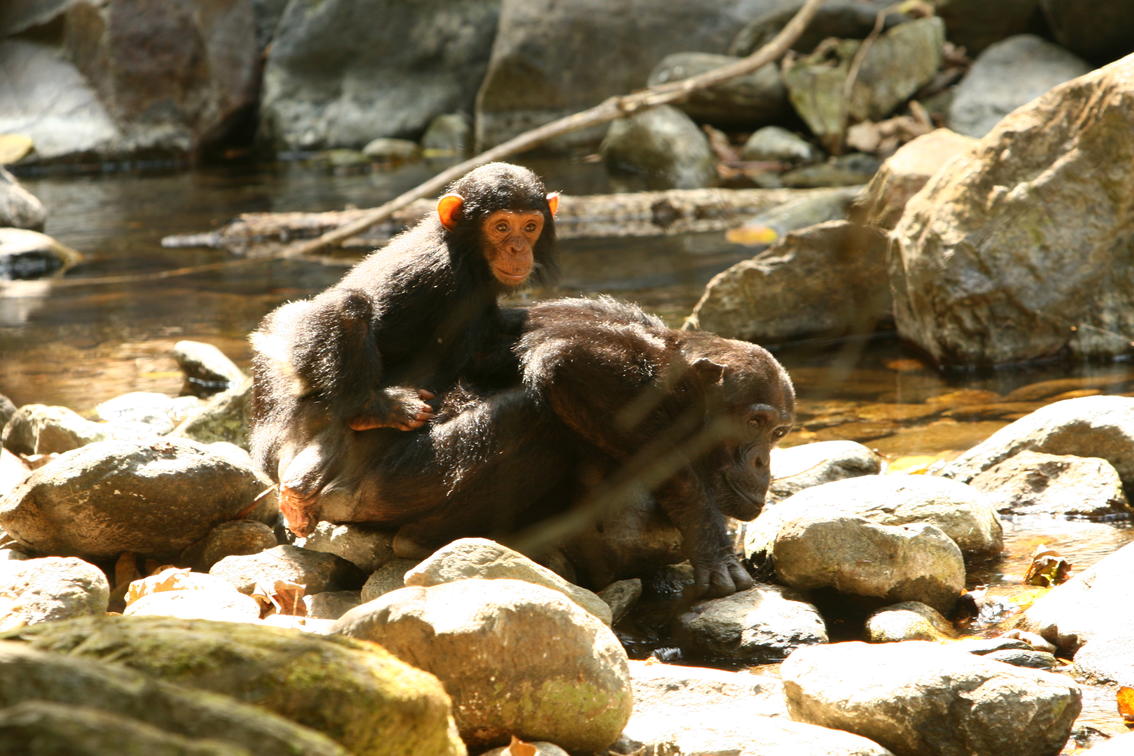
 RSS Feed
RSS Feed


